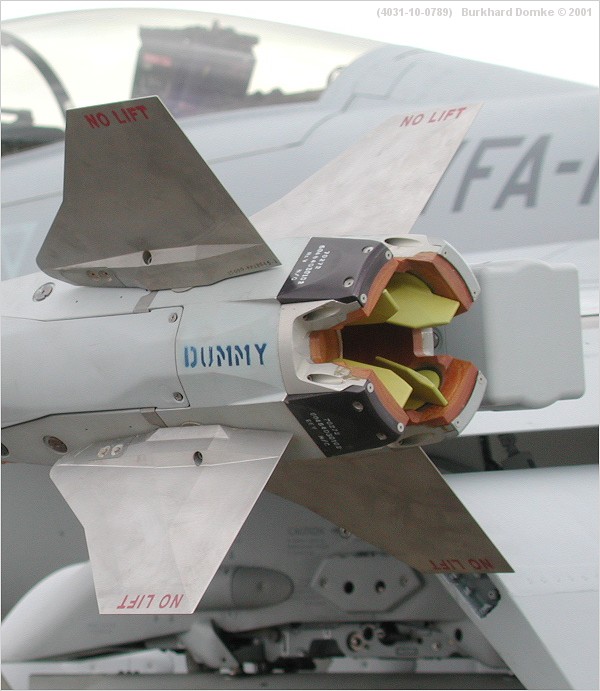The Deterrent
SENIOR MEMBER

- Joined
- Jan 7, 2011
- Messages
- 3,168
- Reaction score
- 39
- Country
- Location
that is what gyroscopes are for.
Those fins are meant for stabilization along the longitudinal axis and to prevent spin; that is it.
the warhead section has it's own vector thrust motors which are used to correct warhead path.
I think you got me wrong there. I wasn't talking about the outer, larger fins on the tail. Of course they are for stabilization.
The gyros compose the guidance unit, which delivers the commands to the control mechanism, which in this case are those inner exhaust vanes.
Yeah definitely, the ReV has its own maneuvering mechanism.





 )
)




